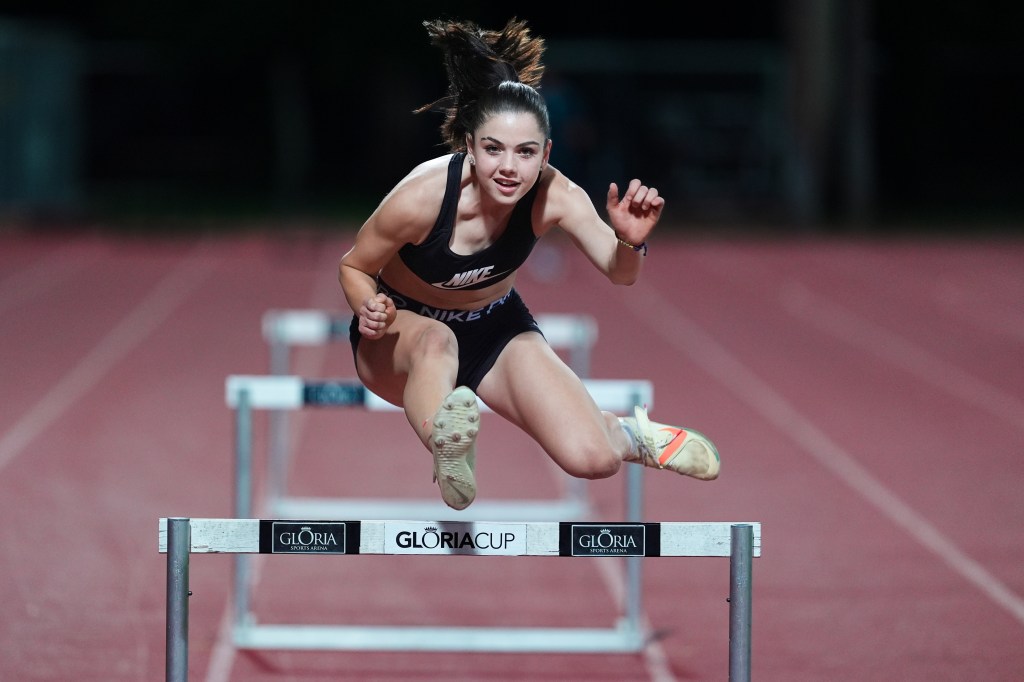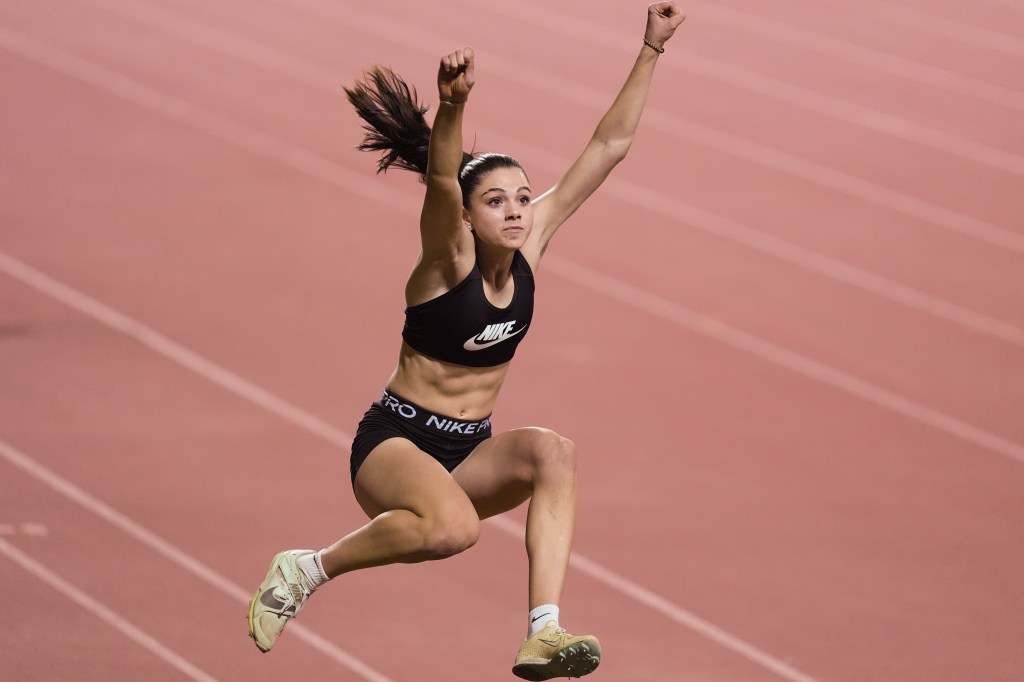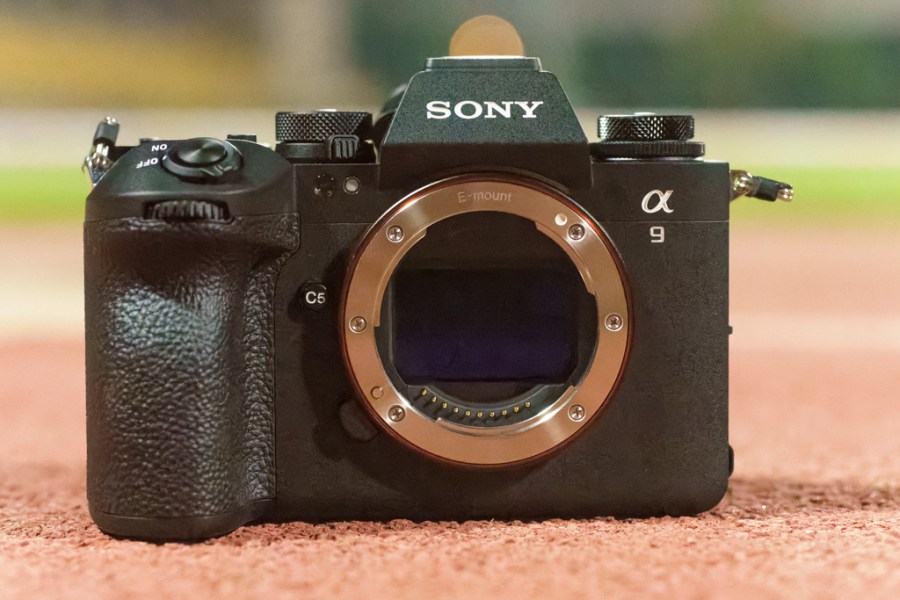If you’ve been following the photographic industry news recently, you’ll surely have heard of the new Sony Alpha A9 III. It’s a super-fast camera for sports and action photographers that boasts the world’s first ‘global shutter’ sensor. You can’t move for articles declaring this to be a ‘game changer’, or other such hyperbole. But really, is the Sony A9 III a game-changer? For most of us, no, it’s just a very clever (but very expensive) piece of technology. To help understand why this is, we need to go back to the origins of the A9 line.
When Sony introduced the original Alpha A9 in 2017, it rapidly became clear that it was no ordinary camera. Technically, it was the first full-frame mirrorless model to include a stacked CMOS sensor, with an additional memory layer enabling high-speed data readout. In practice, this meant it was capable of shooting full resolution 24MP raw files silently at 20 frames per second, while tracking focus on a subject anywhere in the frame, and with no viewfinder blackout. It really was a game-changer, making Canon and Nikon’s top-end pro-spec sports DSLRs obsolete at a stroke.
When the A9 II appeared a couple of years later, it concentrated on adding professional workflow productivity and connectivity features, rather than any major spec updates. Then in early 2021, the firm introduced the even higher-spec flagship Alpha 1, which offered 30fps shooting in 50MP raw, and 8K video. At that point, it looked as though the A9 line may have run its course.
As it turns out, the A9 wasn’t dead, but sleeping. Now the latest model has appeared, the Sony Alpha A9 III. It’s another huge technological leap forward, being the first full-frame mirrorless camera with a global shutter, via a stacked-CMOS sensor that can read out every single pixel simultaneously. This brings with it an incredibly impressive spec sheet, and lays down the gauntlet to Sony’s rivals in the run-up to a year packed full of major sporting events in 2024. For pro sports and action photographers, it’s a really big deal. But not, perhaps, for anyone else.

The Sony Alpha A9 III may be a game-changer for sports photographers. I shot thousands of frames and almost every one was in focus, even at 60 or 120 frames per second. Sony FE 300mm F2.8 GM OSS lens. Credit: Andy Westlake
Click on any sample image to see a full-resolution version
Why is a global shutter important?
So why does a global shutter matter? In short, on the Sony Alpha A9 III it enables ludicrously fast continuous shooting of 120 frames per second in full resolution 24.6MP raw. This comes complete with continuous autofocus and subject tracking, while showing a real-time viewfinder feed with no blackout. Equally importantly, rolling shutter effects are eliminated completely – there’s no image distortion or flickering/banding problems from artificial light. It’s also possible to shoot with flash at literally any shutter speed – there’s no limitation with high-speed sync.

Here, I was easily able to capture the precise moment of contact. Sony FE 70-200mm F2.8 GM OSS II lens. Credit: Andy Westlake
These capabilities are potentially all invaluable to the professional sports photographers that are the Alpha 9 III’s target audience. They allow the key peak moment of action to be captured more precisely and reliably than ever before. That might genuinely make the difference between selling a shot, and missing out to another photographer in a notoriously cut-throat business.
However, before we get caught up in all those excitable “the Sony Alpha A9 III is a game-changer” stories circulating the internet, it’s worth taking a step back and asking whether this is really going to provide such a huge advantage over existing cameras like the Nikon Z8 and Nikon Z9. Both can also shoot at 120fps, albeit ‘only’ in 11MP JPEG. But 11MP is easily enough for most news outlets, and JPEG is the format of choice for getting images urgently to a picture editor, too. In principle, those A9 III files have zero subject distortion, but the Z8 and Z9 are scarcely crippled by the effect.

With so many frames to choose from, you can be sure of catching the peak of any action. Sony FE 300mm F2.8 GM OSS lens. Credit: Andy Westlake
Also, while the ability to shoot at 120fps is amazing, it brings real headaches with file management. I really haven’t enjoyed sorting through literally thousands of images trying to find exactly the right ones that best show off the camera’s abilities. It seems to me that what Sony really needs to do now is make an AI-based sorting and rating system that can pick out maybe the top 1% of contenders from the also-rans, for example where an athlete’s face is obscured, or they’ve moved substantially out of the frame. That’s going to be essential for 120fps shooting to become genuinely palatable.
Does global shutter even matter for the rest of us?
Outside of the high-end sports and action market, the global shutter has limited practical benefits. If you’re a studio or landscape photographer, for example, it’s pretty much irrelevant, and you’ll be better off with a camera like the Sony A7R V. It’s not without its drawbacks either, restricting the A9 III’s sensitivity range to ISO 250-25,600, compared to ISO 100-51,200 on the older A9 II. Professional sports photographers probably don’t spend much time obsessing about base ISO image quality metrics, but a lot of enthusiasts do.

I was lucky enough to get hands-on with the amazing Sony Alpha A9 III at its European launch event. Credit: Amateur Photographer
Also, let’s not kid ourselves that global shutter sensors are likely to trickle down to consumer cameras any time soon, or be generally affordable when they do. Because notably, what the A9 didn’t do was herald a more general transition to stacked CMOS sensors. Six years later, the number of mirrorless camera models based on this technology is still in single figures, and they’re not exactly cheap, as stacked sensors are complex and expensive to make. Even the Micro Four Thirds Olympus OM-1 costs almost £2000, while the APS-C Fujifilm X-H2S is £2400. Full-frame models start at £4000, and as for the A9 III itself, it’ll set you back £6100. So if you’re hoping for this tech to appear in your next camera much shy of £5000, chances are you’ll be waiting for a long time.
This isn’t to disparage what Sony has achieved with the A9 III. It really is a sensational bit of kit that works astonishingly well. It can certainly be difficult for those of us who are lucky enough to try out these amazing new cameras not to get carried away by the promise of the clever new technology. But is the Sony A9 III a game-changer, really? After a bit of sober reflection, for the vast majority of us, no, it’s not.
The views expressed in this column are not necessarily those of Amateur Photographer magazine or Kelsey Media Limited. If you have an opinion you’d like to share on this topic, or any other photography-related subject, email: ap.ed@kelsey.co.uk
Follow AP on Facebook, Twitter, Instagram, and YouTube.






